Scientific name Harpullia Rank Genus | ||
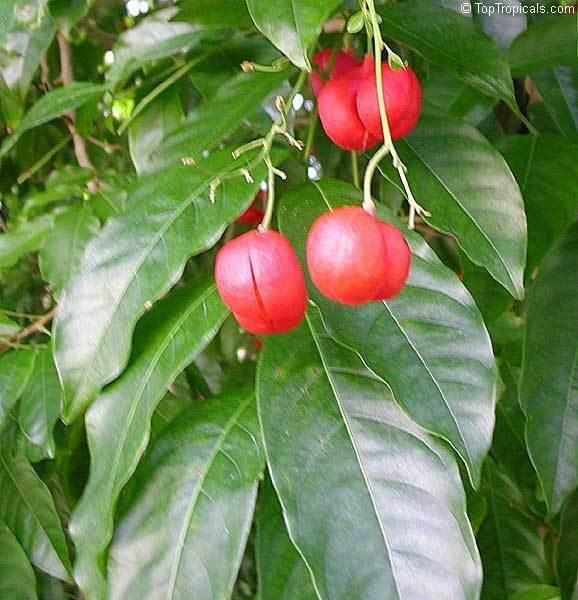 | ||
Similar Harpullia pendula, Sapindaceae, Harpullia arborea, Majidea, Cupaniopsis | ||
Plant id tulipwood harpullia pendula
Harpullia is a genus of about 27 species known to science, of small to medium-sized rainforest trees, constituting part of the plant family Sapindaceae. They have a wide distribution ranging from India eastwards through Malesia, Papuasia and Australasia to the Pacific Islands. They grow naturally usually in or on the margins of rainforests or associated vegetation.
Contents
- Plant id tulipwood harpullia pendula
- Medicinal rice p5i formulations for harpullia excess pankaj oudhia s medicinal plant database
- Naming descriptive studies and classifications
- Species
- References
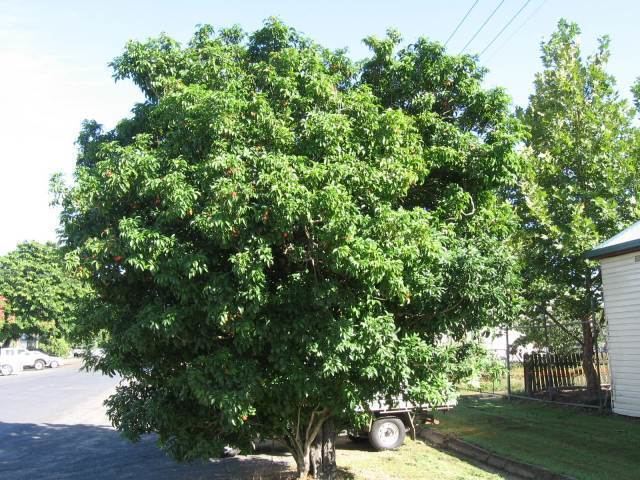
The major centre of diversity, of about twenty species, occurs throughout New Guinea including its surrounding islands and region.
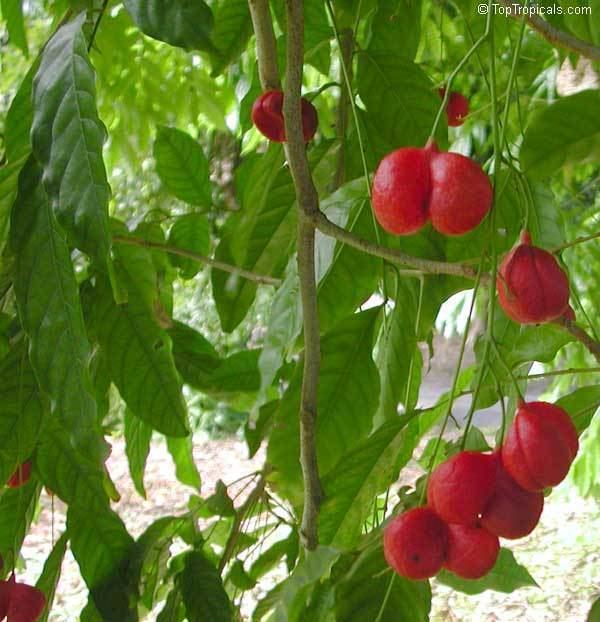
Australia harbours another centre of smaller diversity, of about eight species, growing naturally from north–eastern New South Wales through eastern Queensland to Cape York Peninsula and coastal Northern Territory. Of the eight Harpullia species which grow naturally Australia six occur only (endemic) in Australia. They have the common name tulipwoods and were prized for their dark coloured timber. The one most commonly known to Australian horticulture is Harpullia pendula which is widely planted as a street tree along the east coast. H. frutescens is a small shrub with horticultural potential.
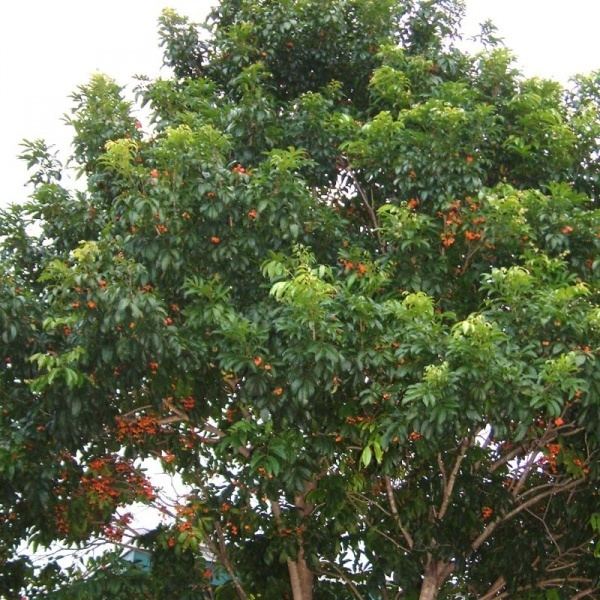
Medicinal rice p5i formulations for harpullia excess pankaj oudhia s medicinal plant database
Naming, descriptive studies and classifications
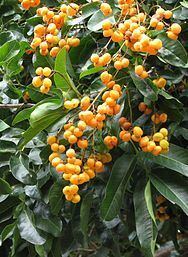
European science formally published the name and description of this genus and its H. cupanioides type specimen from India, in 1824, authored by Scottish botanist William Roxburgh.
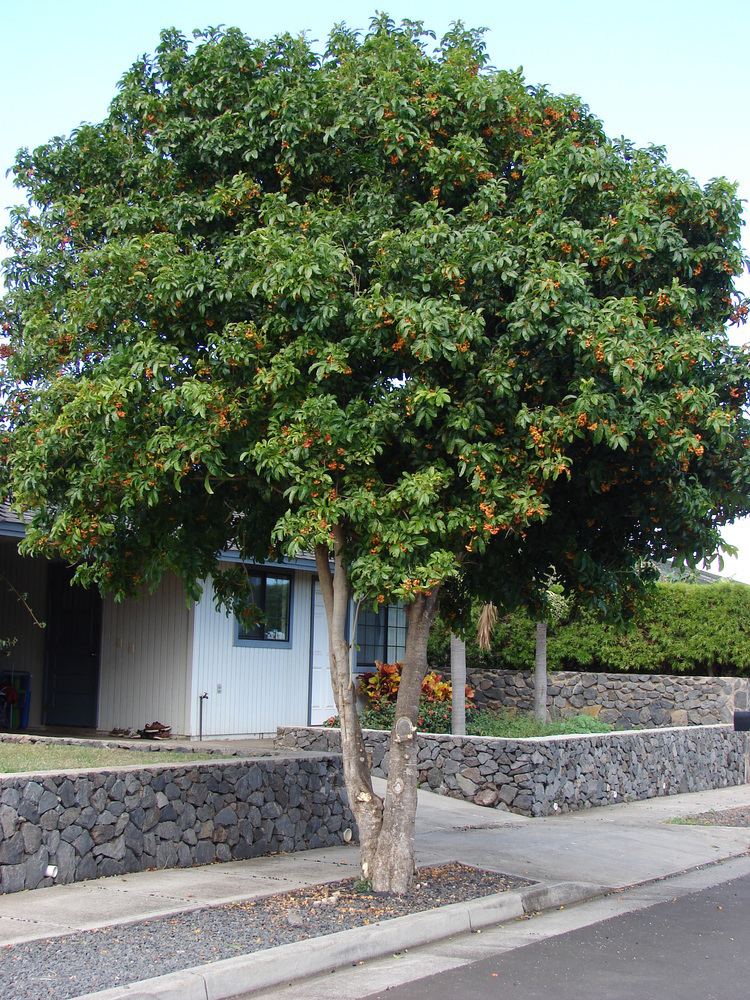
Recently in 2011 Japanese–American botanist Wayne Takeuchi formally published the name and description of H. mabberleyana, the "first member of the genus to be discovered in New Guinea since 1940".
In 2003 Dutch botanists R. M. Buijsen, Peter C. van Welzen and R. W. J. M. van der Ham published a morphological phylogenetics analysis and biogeography study of the whole genus. In 1995 Buijsen published a leaf anatomy study.
In 1994, 1985 and 1982 Dutch botanists Pieter W. Leenhouts and M. Vente published the treatment in Flora Malesiana, a natural species groups classification attempt and a taxonomic revision, respectively.
In 1985 and 1981 Australian botanist Sally T. Reynolds published updated names, known records and descriptions of the eight Australian species, in the Flora of Australia (series) and her scientific article, respectively.
In 1985 J. Mueller published a pollen anatomy and evolution study of the genus.
Also numerous studies of various Harpullia species' chemical constituents, often the saponins, have been published.
Species
This listing was sourced from the Australian Plant Name Index and Australian Plant Census, published peer reviewed scientific journal articles, Flora Malesiana, the Census of Vascular Plants of Papua New Guinea, the Australian Tropical Rainforest Plants information system, Fruits of the Australian Tropical Rainforest, the Flora of NSW online, the Flora of Australia (series), and the Checklist of the vascular indigenous Flora of New Caledonia.:
